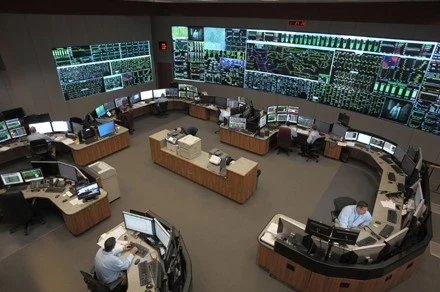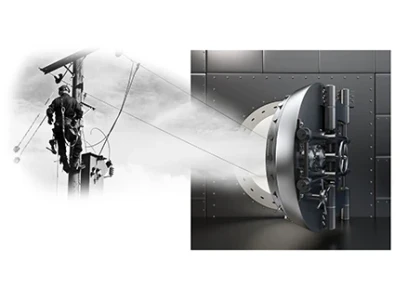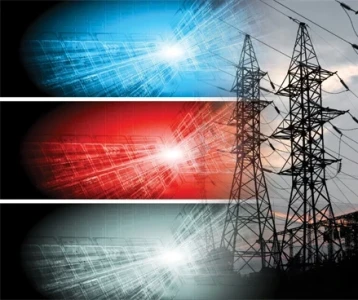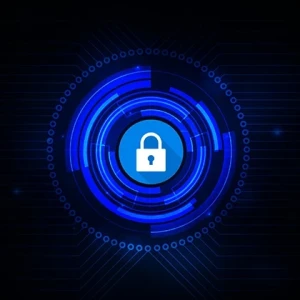Smart Grid Technologies and Implementation

Advances in information and communication technology (ICT) have been utilized over the year by utility industry in order to improve power quality, reliability, efficiency and security. Growing concern for environment, increasing complexity in managing convectional grid, energy sustainability and independence, aging asset base, demand growth and search for service quality continue to stress the need for a quantum leap in application of such technologies. This leap towards a smarter grid is now known as smart grid (SG) (Moslehi, K. and R. Kumar, 2010).
The basic expectation of utility industries in this century is to meet growing demand: reliably, cleanly, sustainably and at low cost. That is the principal focus for the definition of SG policies on the global level. European SG concept – EU Smart Grids Technology Platform vision for Europe’s Electricity Networks on the future was launched in 2006 (Schmid, J., 2010). The SG vision is targeting for new product, process and services, improving industrial efficiency and use cleaner energy resources. The SG vision is highly essential as a means to support the nation’s environmental as well as economical ambitions. There are already a number of various emerging technologies within the transmission and distribution networks which can contribute towards improving system operation and management. In addition, there is increased use of digital communication and control including smart metering and advanced grid wide area real-time monitoring.









